- 全部删除
 您的购物车当前为空
您的购物车当前为空
GPR133 Protein, Human, Recombinant (His)
一键复制产品信息ADGRD1 (Adhesion G Protein-Coupled Receptor D1, also known as GPR133) is a Protein Coding gene. 4 alternatively spliced human isoforms have been reported. ADGRD1, an orphan member of the adhesion family of G-protein-coupled receptors, is a critical regulator of the response to hypoxia and tumor growth in Glioblastoma (GBM). ADGRD1 represents a novel molecular target in GBM and possibly other malignancies where hypoxia is fundamental to pathogenesis. Variations in the ADGRD1 locus are linked with differences in metabolism, human height, and heart frequency. ADGRD1 is a Gs protein-coupled receptor belonging to the class of adhesion GPCRs. The adhesion G-protein-coupled receptors (GPCRs), including GPR133, are membrane-bound proteins with long N termini containing multiple domains.
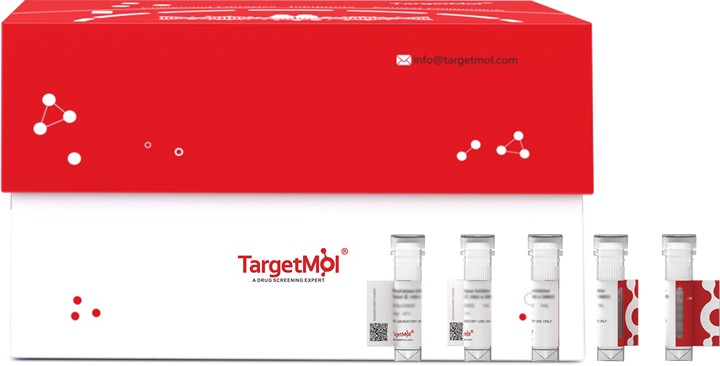
GPR133 Protein, Human, Recombinant (His)
一键复制产品信息| 规格 | 价格 | 库存 | 数量 |
|---|---|---|---|
| 5 μg | ¥ 493 | 6-8日内发货 | |
| 10 μg | ¥ 790 | 6-8日内发货 | |
| 20 μg | ¥ 1,330 | 5日内发货 | |
| 50 μg | ¥ 2,580 | 5日内发货 | |
| 100 μg | ¥ 5,170 | 5日内发货 |
产品信息
| 生物活性 | Activity testing is in progress. It is theoretically active, but we cannot guarantee it. If you require protein activity, we recommend choosing the eukaryotic expression version first. |
| 产品描述 | ADGRD1 (Adhesion G Protein-Coupled Receptor D1, also known as GPR133) is a Protein Coding gene. 4 alternatively spliced human isoforms have been reported. ADGRD1, an orphan member of the adhesion family of G-protein-coupled receptors, is a critical regulator of the response to hypoxia and tumor growth in Glioblastoma (GBM). ADGRD1 represents a novel molecular target in GBM and possibly other malignancies where hypoxia is fundamental to pathogenesis. Variations in the ADGRD1 locus are linked with differences in metabolism, human height, and heart frequency. ADGRD1 is a Gs protein-coupled receptor belonging to the class of adhesion GPCRs. The adhesion G-protein-coupled receptors (GPCRs), including GPR133, are membrane-bound proteins with long N termini containing multiple domains. |
| 种属 | Human |
| 表达系统 | HEK293 Cells |
| 标签 | C-His |
| 蛋白编号 | Q6QNK2-1 |
| 别名 | PGR25,GPR133 |
| 蛋白构建 | A DNA sequence encoding the human GPR133 (NP_942122.2) (Met1-Ser570) was expressed with a polyhistidine tag at the C-terminus. Predicted N terminal: Val 26 |
| 蛋白纯度 | > 90 % as determined by SDS-PAGE. |
| 分子量 | 61.5 kDa (predicted) |
| 内毒素 | < 1.0 EU/μg of the protein as determined by the LAL method. |
| 蛋白性状 | Lyophilized powder |
| 缓冲液 | Lyophilized from a solution filtered through a 0.22 μm filter, containing PBS, pH 7.4. Typically, a mixture containing 5% to 8% trehalose, mannitol, and 0.01% Tween 80 is incorporated as a protective agent before lyophilization. |
| 复溶方法 | A Certificate of Analysis (CoA) containing reconstitution instructions is included with the products. Please refer to the CoA for detailed information. |
| 存储 | It is recommended to store recombinant proteins at -20°C to -80°C for future use. Lyophilized powders can be stably stored for over 12 months, while liquid products can be stored for 6-12 months at -80°C. For reconstituted protein solutions, the solution can be stored at -20°C to -80°C for at least 3 months. Please avoid multiple freeze-thaw cycles and store products in aliquots. |
| 运输方式 | In general, Lyophilized powders are shipping with blue ice. |
| 研究背景 | ADGRD1 (Adhesion G Protein-Coupled Receptor D1, also known as GPR133) is a Protein Coding gene. 4 alternatively spliced human isoforms have been reported. ADGRD1, an orphan member of the adhesion family of G-protein-coupled receptors, is a critical regulator of the response to hypoxia and tumor growth in Glioblastoma (GBM). ADGRD1 represents a novel molecular target in GBM and possibly other malignancies where hypoxia is fundamental to pathogenesis. Variations in the ADGRD1 locus are linked with differences in metabolism, human height, and heart frequency. ADGRD1 is a Gs protein-coupled receptor belonging to the class of adhesion GPCRs. The adhesion G-protein-coupled receptors (GPCRs), including GPR133, are membrane-bound proteins with long N termini containing multiple domains. |










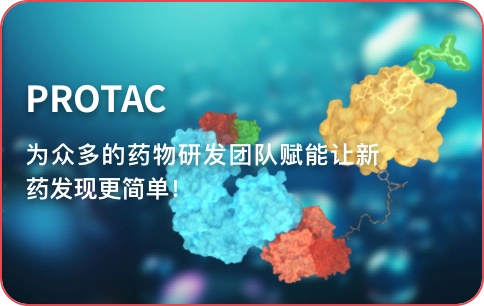







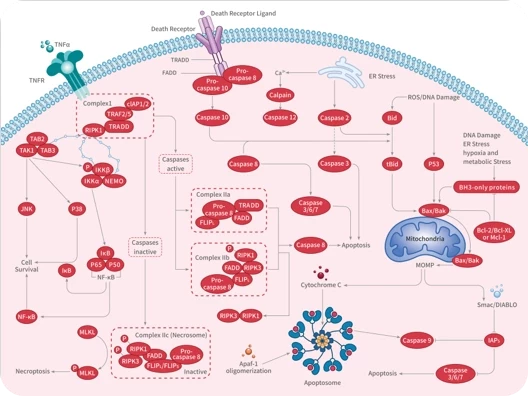
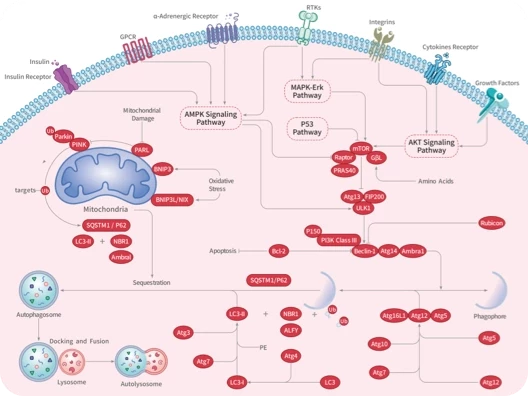

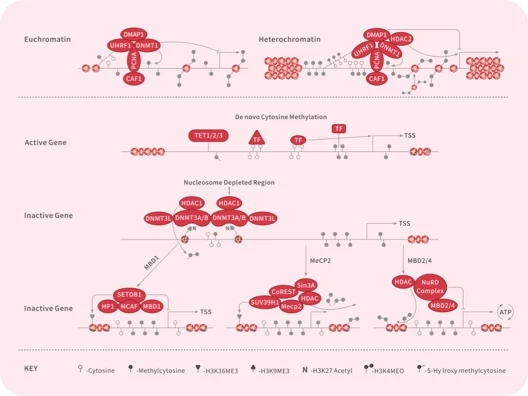
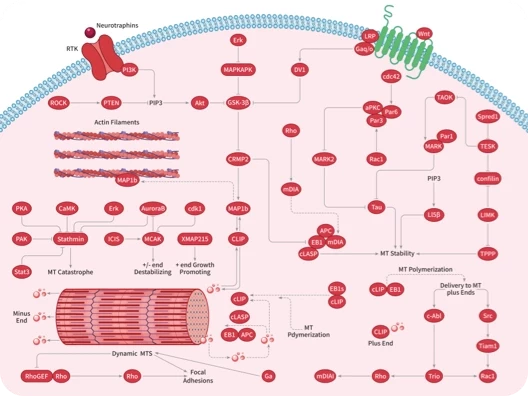
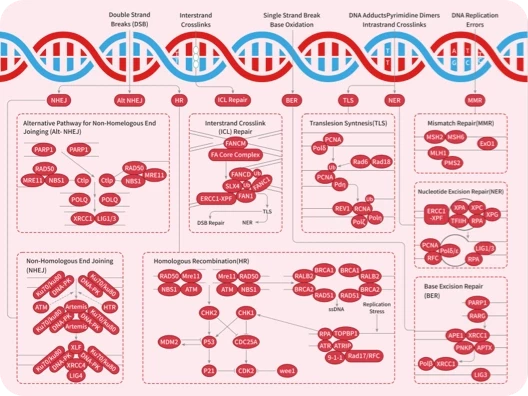
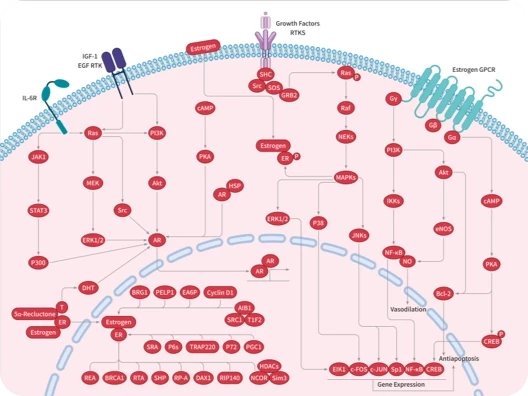
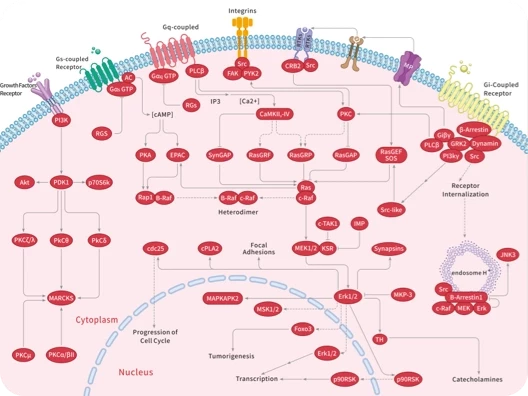
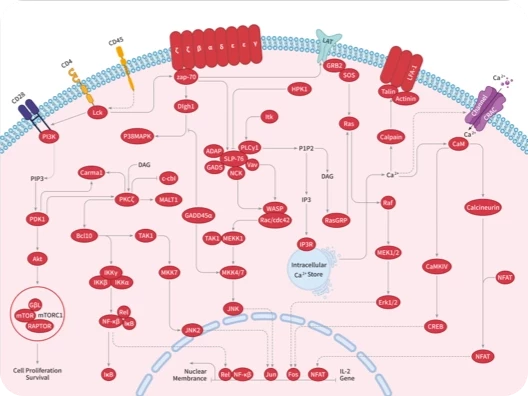
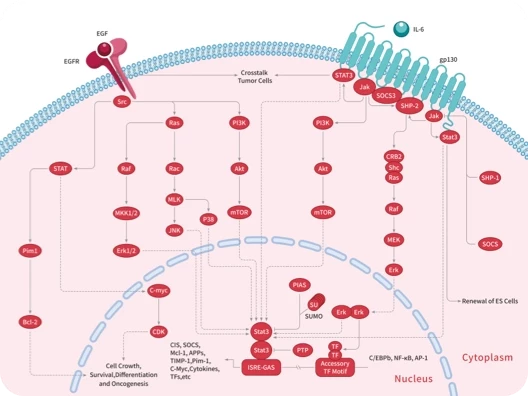
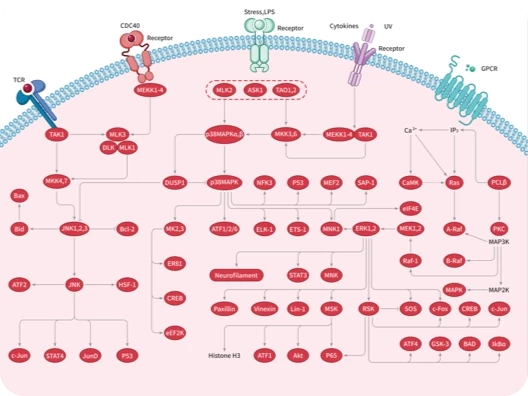
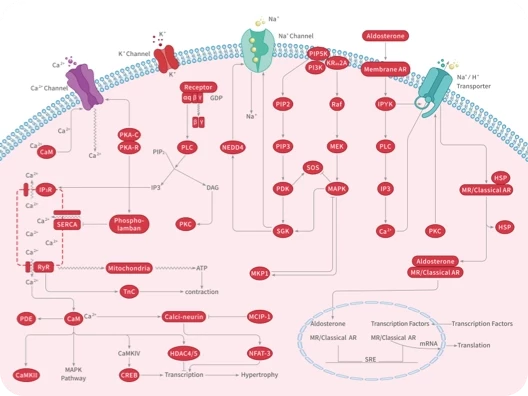
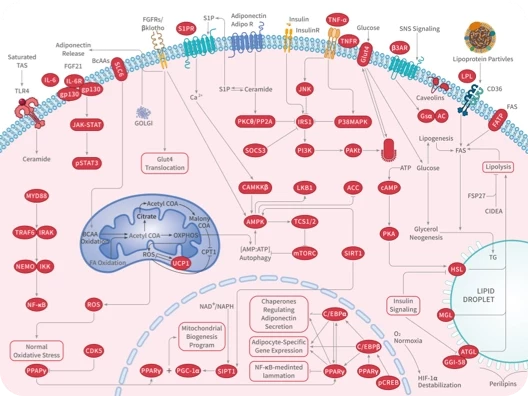
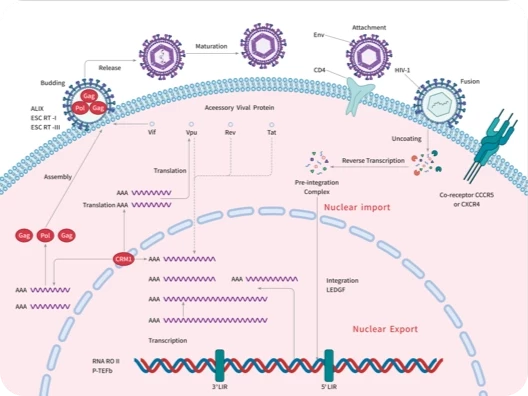

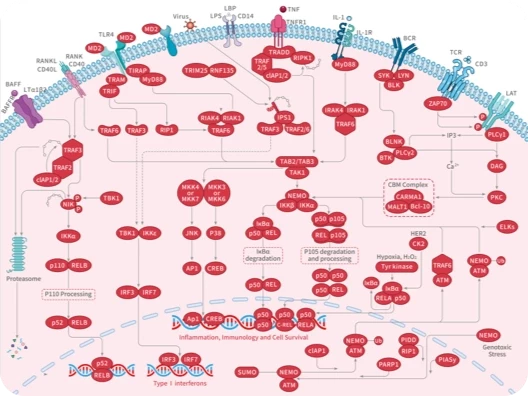
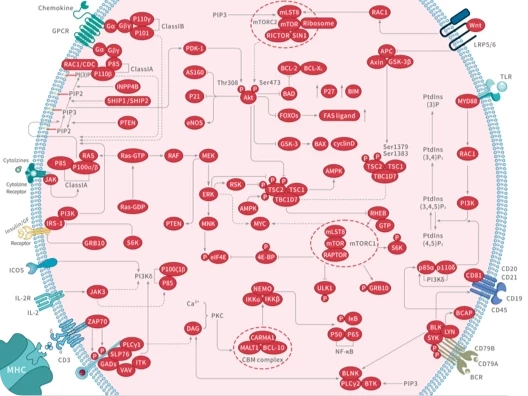
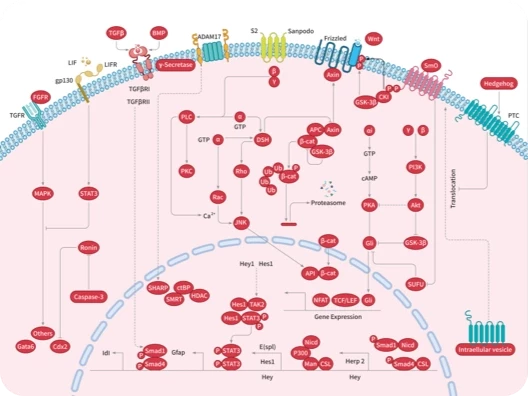
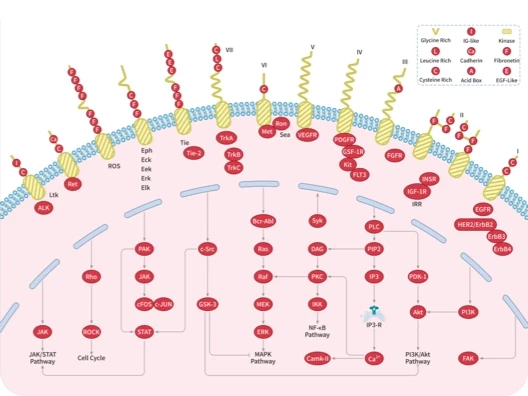
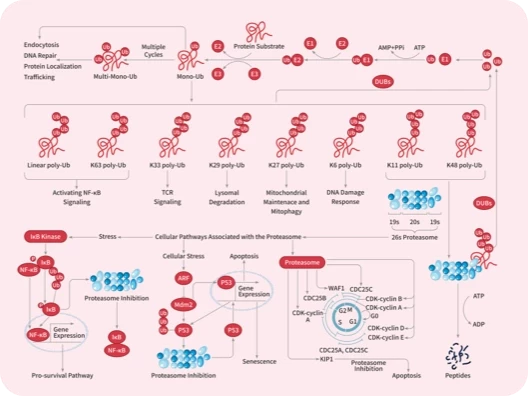


 |
|